The threat environment for European countries is changing rapidly. A combination of revolutionary technological developments, climate change, demographic shifts, the rebalancing of international power and political fragmentation is creating fertile ground for new and unforeseen transboundary crises.
The Transboundary Crisis poses real challenges to national governments. It is the crisis that effortlessly exceeds geographical, policy, cultural, public-private, and legal boundaries. It typically originates in a far-away domain as a small disturbance, escalates rapidly and mutates constantly, creating confusion about causes and possible consequences. It arrives unannounced on many administrative tables, but it is not obvious which of those tables is or should be “in the lead.”
The features of the Transboundary Crisis make a fast and adequate response difficult, to say the least. It is hard to predict or detect them. Once they have arrived, it is hard to understand their dynamics and effects; it is even harder to devise a solution that will work right away. Examples include the immigration crisis and the financial crisis, but also the cyber crisis (feared by crisis managers everywhere).
Existing crisis management structures are no match for the Transboundary Crisis. Standing organizations (military, intelligence service, civil protection, police etc.) may excel in the management of disturbances that emerge in their domain, but they are not geared towards working in a transboundary response network.
In thinking about a response to these transboundary crises, administrators tend to come up with two mechanisms that have been traditionally used to address issues that stretch across: coordination (negotiating boundaries) and centralization (eliminating boundaries). These mechanisms are problematic, but especially problematic in a transboundary crisis.
Coordination mechanisms work fine for complex problems and the traditional crisis. The mechanisms, however, do not work in the world of the Transboundary Crisis for two reasons. First, in a transboundary crisis it is often not clear who the critical actors are or should be, and what their authority in the matter is. Second, it is hard to establish or negotiate ownership in a short time frame (time is always scarce in a crisis). We may thus say that the Transboundary Crisis robs bureaucracy of its most effective tool.
Centralizing emergency powers in the hands of a leader or a central body in the traditional catch-all solution. In the Roman Empire, unlimited powers were placed in the hands of a dictator. That idea does not fit modern conceptions of democracy. In modern democracy, crisis centralization is still a valued mechanism. But it comes with constraints: it is not easy to centralize power and it does not happen often. Moreover, the “high command” is not always defined clearly enough and the mechanisms that should regulate such a concentration of power are cumbersome.
The question, then, is how to move forward?
Who should shape the response to a transboundary crisis? There are two possibilities. First, we could instruct national institutions to pay more attention to the transboundary dimensions of crises. But it is not easy to introduce a new way of working in institutions that are built around traditional practices that work well for traditional incidents and crises. National crisis institutions have little affinity with transnational and cross-border crisis management. They like borders and work better when responsibilities are clearly defined.
The second option is to build a transboundary crisis management organization. This would be a new organization, with new people, respected leadership, real powers, and a realistic budget. An organization that invents and tests new forms of crisis management practices. A brand-new organization can devise novel methods or ways of thinking from scratch. That is, at the same time, the downside: it will take a long time and the outcome is by no means guaranteed. The American experience with creating a Department of Homeland Security is instructive: simply bringing a large set of organizations under one roof is unlikely to solve all these problems. What is needed is a new institution.
Is it really worth to spend political capital and administrative effort on creating a new institution for this particular type of crisis?
This is question of leadership. Transboundary crises are still rare occurrences, so maybe it is not necessary to build an organization to deal with a crisis type that rarely occurs. We also know that a transboundary crisis, when left unaddressed, can produce catastrophic results. Illegal immigration, the financial crisis, Hurricane Katrina – we know what can happen.
The Transboundary Crisis is the ultimate nightmare for crisis managers. It is the moment that they discover their traditional crisis arrangements do not suffice in light of the political-administrative challenges that this crisis brings.
When the State has no answer to a crisis, other consequences follow. In times of crisis, the public expects representatives of the State to be in charge. It is, after all, a core task of the State to protect its citizens against the consequences of threat and calamity. If the State fails in this core task, the legitimacy of public institutions and the reputation of political leaders are undermined. That is problematic, especially when the legitimacy of public institutions is already under question.
How to prepare for crises that rare occurrences today but may wreak havoc tomorrow? That’s the stark challenge for political leadership everywhere.






